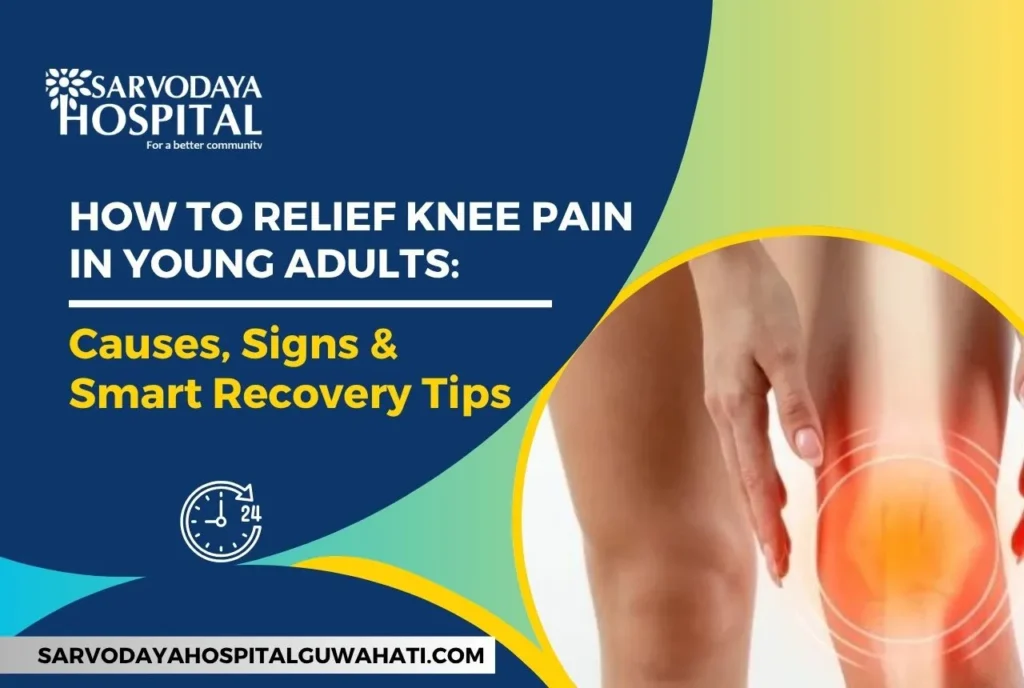How to Relief Knee Pain is a growing concern among young adults, as modern habits like prolonged sitting, intense workouts, and poor posture contribute to increasing cases of knee discomfort. Recognizing the causes of knee pain is essential for timely treatment and long-term joint health.
Often overlooked, these issues can also point to wider musculoskeletal concerns, including the causes of joint pain in the hands. Left untreated, knee pain can lead to reduced mobility and impact daily life.
By identifying the root cause early, individuals can take effective steps on how to relief knee pain and prevent chronic conditions from developing in the future.
How Knee Pain Affects Daily Life
Knee pain can quietly take a toll on your everyday life. Whether you are walking to work, climbing stairs, or just trying to stay active, that nagging discomfort can make even the simplest tasks feel like a chore.
Over time, your body may start moving differently to avoid the pain, which often puts extra pressure on other joints like your hips, back, or even hands. That’s why early attention matters.
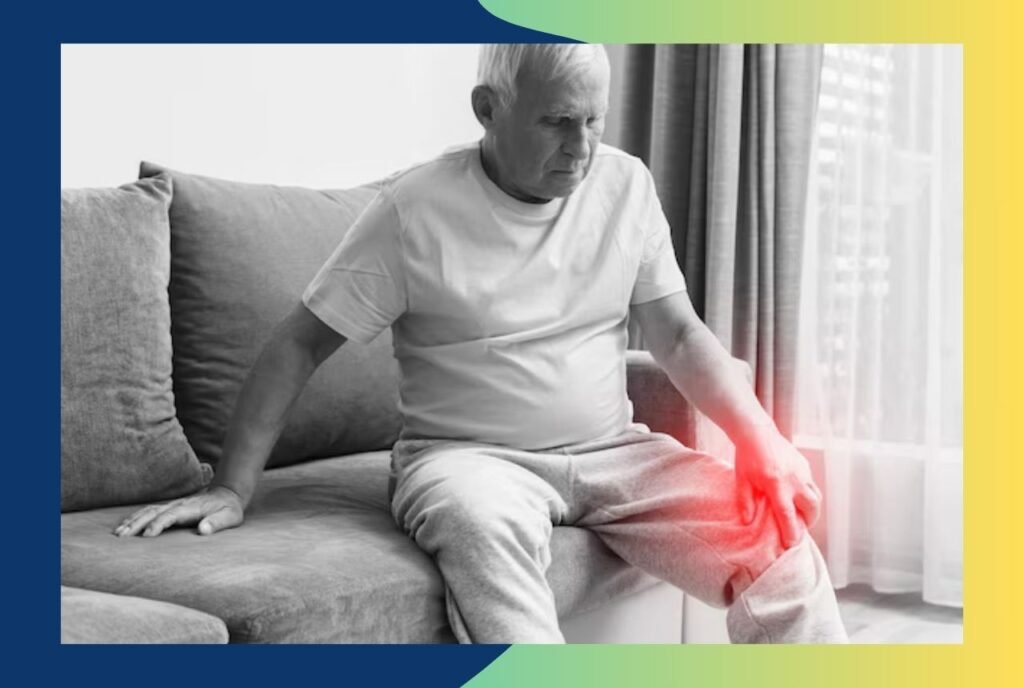
Understanding what’s causing the pain and learning how to relief knee pain early on can help you stay mobile, independent, and free from bigger joint problems down the line.
Common Causes of Knee Pain
- Patellofemoral Pain Syndrome (Runner’s Knee)
Often triggered by overuse, muscle imbalances, or improper kneecap alignment, this condition frequently affects runners, gym enthusiasts, and athletes.
Symptoms:
Pain around or behind the kneecap, especially when squatting, climbing stairs, or after long sitting periods.
- Ligament Injuries (ACL, MCL)
Sudden twisting motions or direct impacts during sports can tear knee ligaments, particularly the ACL or MCL.
Symptoms:
Swelling, sharp pain, joint instability, and difficulty bearing weight.
- Meniscus Tear
This injury happens when the knee twists under pressure, common during sports or lifting heavy weights.
Symptoms:
Swelling, stiffness, knee locking, or clicking sounds.
- Tendinitis
Tendinitis, particularly patellar tendinitis (jumper’s knee), results from repetitive strain or improper movement.
Symptoms:
Pain below the kneecap that worsens with activity.
Other Contributing Factors
Osteochondritis Dissecans
In growing individuals, poor blood supply can cause bone beneath the cartilage to deteriorate.
Symptoms:
Swelling, knee pain during activity, and joint locking.
IT Band Syndrome
This overuse injury inflames the iliotibial band, affecting runners and cyclists most.
Symptoms:
Sharp outer knee pain that intensifies during repetitive motion.
Obesity or Sedentary Lifestyle
Excess body weight increases joint stress, while inactivity weakens muscles, making joints more vulnerable.
Symptoms:
Chronic dull pain, stiffness, discomfort after sitting or standing.
Understanding these triggers can help identify how to relief knee pain early, especially if symptoms persist or extend to other joints like the hands.
Treatments for Knee Pain in Young Adults
- Rest, Ice, Compression & Elevation (R.I.C.E.)
A go-to approach for minor injuries, this method reduces inflammation and supports faster recovery. - Physical Therapy & Strengthening Exercises
Helps restore muscle balance and joint stability. Focus areas include the quadriceps, glutes, hamstrings, and core. - Pain Relief Medication
Over-the-counter NSAIDs (like ibuprofen) can reduce swelling and pain. However, these should be used under a doctor’s advice. - Knee Bracing or Support
Provides joint stabilization, especially beneficial for ligament issues or recurrent instability. - Injections (PRP, Corticosteroids)
Platelet-Rich Plasma boosts natural healing, while corticosteroids manage chronic inflammation when other methods prove ineffective. - Minimally Invasive Surgery
Procedures like arthroscopy are used for repairing meniscus or cartilage damage when other methods fail.
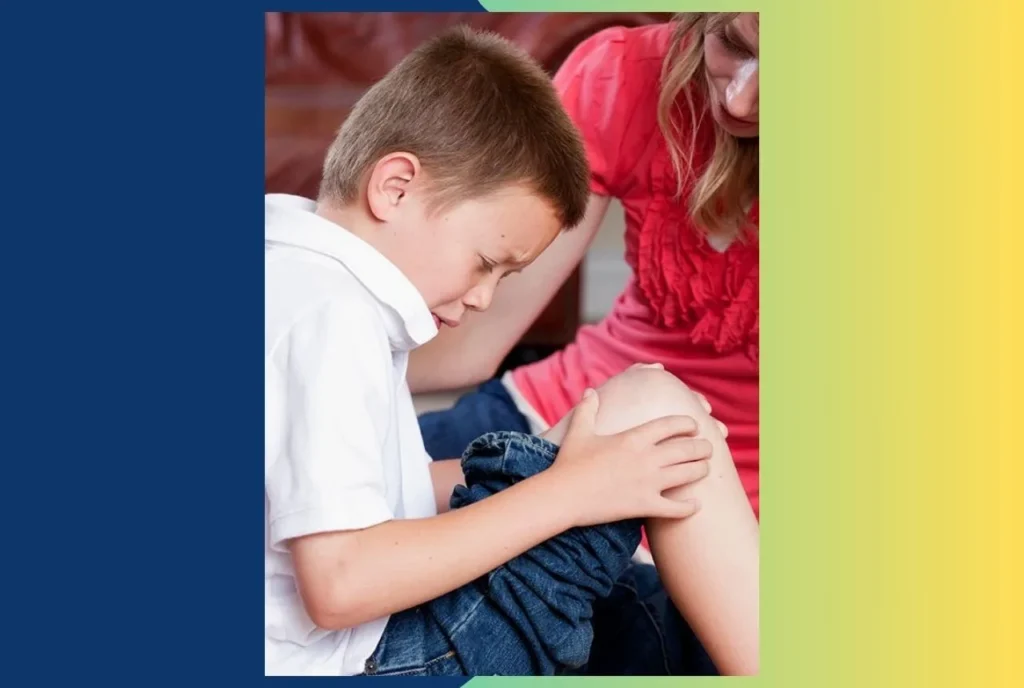
Early treatment is vital not only to relief knee pain but also to prevent complications such as joint degeneration or secondary issues like the causes of joint pain in the hands due to altered movement patterns.
The Link Between Knee Pain and Other Joint Issues
When left unaddressed, chronic knee pain can affect how you walk and move, eventually placing extra stress on other joints, including the hands. This is why many experts now examine the causes of joint pain in the hands in relation to overall posture and movement mechanics.
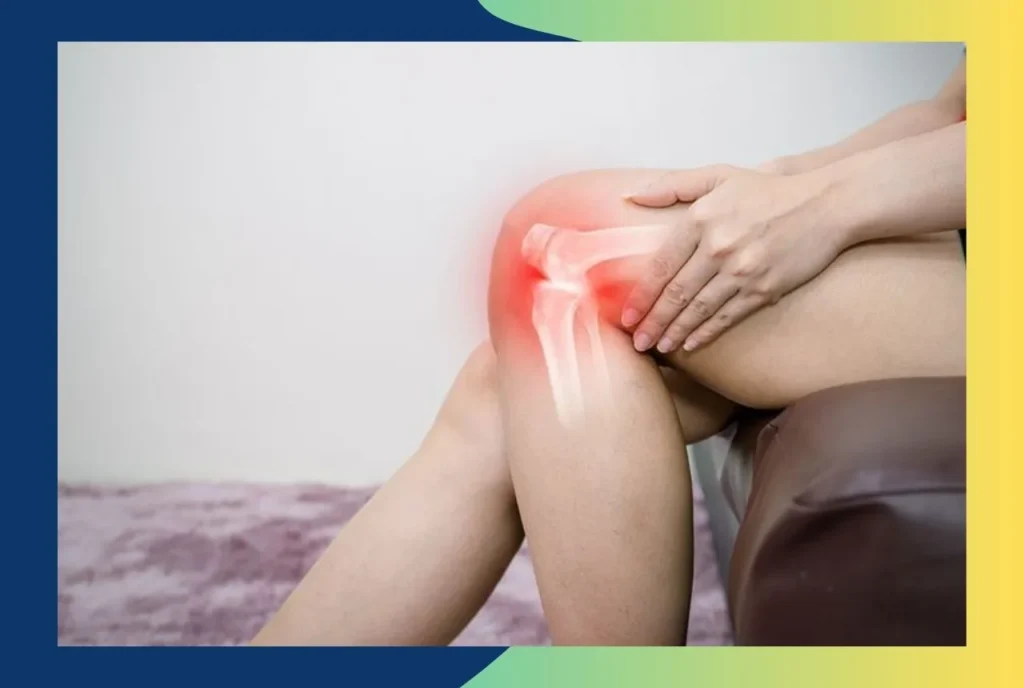
For instance, a compromised knee may shift weight to the arms during certain exercises, causing strain in the wrists and fingers. Holistic treatment and evaluation can help identify root causes across the musculoskeletal system.
Preventive Tips for Long-Term Knee Health
- Always warm up and cool down before and after workouts.
- Incorporate flexibility and strength training in your routine.
- Use proper techniques and supportive footwear during physical activities.
- Maintain an optimal body weight.
- Respond to discomfort early, prevention is better than cure.
When to See an Orthopaedic Specialist
If your knee pain doesn’t improve with rest or keeps returning, it’s important to consult a specialist. Don’t ignore these warning signs:
- Pain lasting more than a week.
- Swelling, redness, or a sense of instability.
- Clicking, popping, or locking sensations in the joint.
- Difficulty walking, climbing stairs, or performing daily activities.
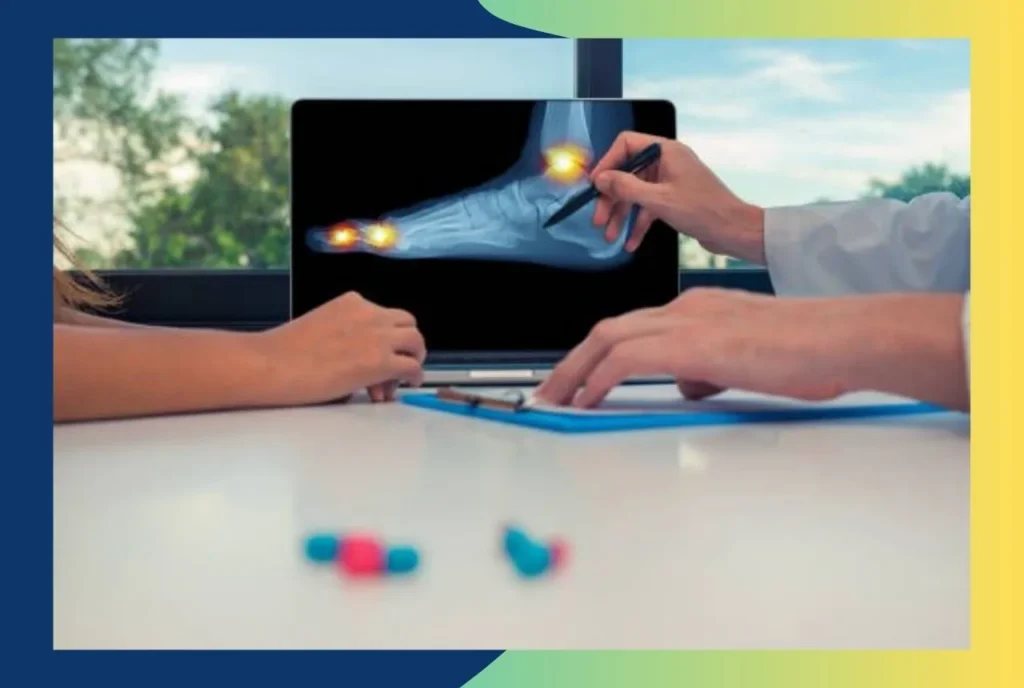
An orthopaedic expert can perform a detailed evaluation using physical examinations and imaging tests such as X-rays or MRIs to determine the exact cause and recommend appropriate treatment.
For expert diagnosis and personalized care, consult Dr. Diganta Apurba Phukan, widely recognized as the best orthopedic doctor in Guwahati, practicing at Sarvodaya Hospital, Guwahati. His experience and patient-focused approach ensure comprehensive care to help you return to pain-free movement with confidence.
Final Thoughts on Managing Knee Pain Early
Knee problems are not just for older adults, young people can experience them too, especially with today’s busy, active lifestyles. Ignoring the early signs can lead to long-term issues that affect your mobility and overall well-being.
By understanding the causes of knee pain, from sports injuries to poor posture or even links to the causes of joint pain in the hands, you can take smart, preventive steps. The key is not waiting. Learning how to relief knee pain with the right care and habits helps you stay strong, active, and pain-free as life keeps moving forward.


